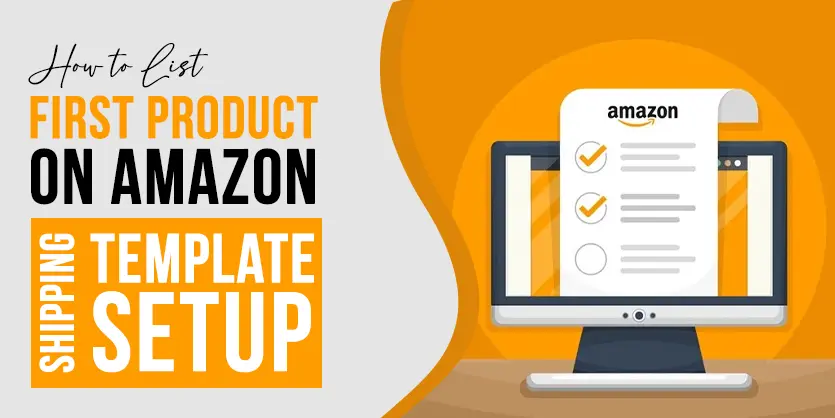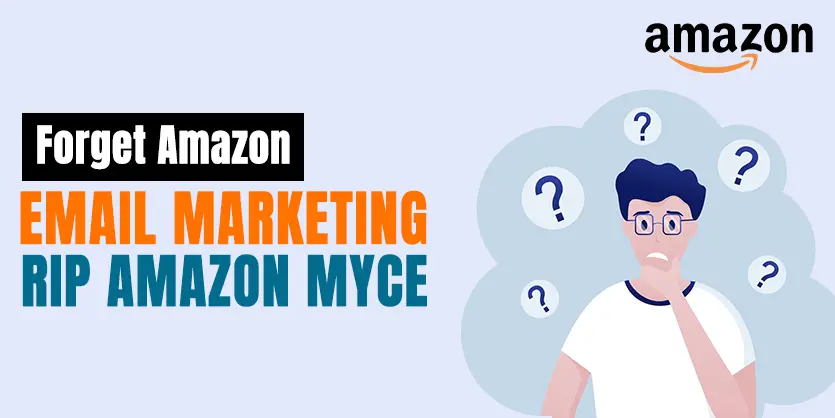In this Article, We will discuss the basic difference between Amazon Keywords and Google Keywords
From 2015 to 2019, Amazon surpassed Google for product searches. The two tech giants switched places with Amazon growing from 46% to 54% and Google declining from 54% to 46%. The competition is fierce between the two search engines, but should companies be using the same SEO strategy for both?
The short answer: No. Sure, they both operate under the same general premise of using keywords to achieve ranking, but how they go about that is drastically different. Let’s take a look, what are the 5 major differences in the term of SEO between Amazon and Google.
AMAZON VS GOOGLE: BASED ON SEO
1. SEARCH ENGINE TYPE
It’s easy to think of SEO as having one-size-fits-all feel, but different search engines demand different things. Though both Google and Amazon are technically search engines, their search engines run with own particular styles. It will not be very wrong if we replace ‘Google vs Amazon’ with the terms ‘The academic vs. The stockbroker’. Google was born in 1998 through a Ph.D. project by Lawrence Page and Sergey Brin. It was the first search engine of its kind designed to crawl and index the web more efficiently than any existing systems at the time. In contrast to Brin and Page, Jeff Bezos began his career on Wall Street in a series of jobs before starting Amazon in 1994. Amazon’s business model is a well-organized revenue-driving machine — designed first and foremost to sell as many products as possible through its online platform.
Google is a universal search engine and Amazon is a specialized product search engine. While search on Google represents a middle stage of the sales pathway (see illustration), while Amazon skip the ‘interest’ step to reach the final stage.
SEO on Google based on three core pillars — Technology, Relevance, and Authority. Obviously, Google’s ranking pillars are all based on optimizing a website in order to drive click through on the SERP. Suppose, when a customer who wants to buy a boot, searches with keyword ‘boot’ on both sites, the search engines will show massively different results.
On the other hand, Amazon will show you the particular product based result, because amazon identifies that you don’t want to see ‘boot’s definition or history from it. Amazon’s core ranking pillars are tied back to driving revenue through sales velocity — Conversion Rate, Keyword Relevance and Customer Satisfaction. Hence, when customers search with the same keyword ‘boot’ on Amazon, he’ll find:
2. KEYWORD MATCH TYPES
Even though both Amazon and Google offer keyword targeting that allows your business to target users, the definition of their offerings may vary:
3. LONG TAIL – SHORT TAIL RIDDLE:
A short tail keyword, also known as ‘head term is a phrase that contains 3 words or less. Check this three examples below:
1. moc toe boots
2. boots
3. boots no. 7
A long tail keyword, however, is a little different compared to short tail keywords. Long tail words are phrases containing more than 3 words:
1. brown moc toe boots for men 8 inch
2. boots for casual wear similar to oxford
3. boots for really small feet size between 6 to 9
They are definitely a lot more targeted and not as broad. The technique not only helps to writing page content, but is directly applicable to AMS ads as well. You may not bring in as much search traffic from long tail keywords but the traffic you bring in is the kind you are looking for. But, when manually selecting the keywords to creating your content, you have to keep in mind that the longer a keyword phrase is the less often it will occur.
Here you can see, as keywords get longer, search volume becomes lower. However, all other metrics such as conversion rates go in favor of long tail keywords. Which type of keywords you want to use for your marketing is going to depend on the type of traffic that you want to drive to your site. People tend to search on Amazon only for specific products or product types rather than long-winded queries.
Google SEO experts know that you should target one or two long tail keyword phrases throughout your copy. But Amazon SEO focuses less on long tail phrases and more on individual short tail keywords. So, when writing for Amazon SEO it’s better to stick with short tail keywords only. On the other hand, a lot of people ask questions directly to Google, which opens up the opportunity to target long tail keyword and keyword phrases of entire sentences.
4. STRUCTURED DATA VS. UNSTRUCTURED DATA
Although keyword stuffing is no longer valuable for Google like- in the early SEO days, carefully created repetition of your targeted phrase throughout your copy is vital. There are virtually no limitations in designing your own webpage and optimizing it for Google search. The content, its length and formatting is up to individual choice.
When it comes to Amazon, it’s not going this way. On Amazon, there is a pre-defined number of fields, with a maximum number of characters, or even prescribed options you have to choose from. On-page optimization is controlled by the framework provided by Amazon and not as unbounded as for Google search.
Moreover, a single usage of a keyword is enough to get you ranking for that word. It’s generally best to incorporate the top keyword into the product title, and the second most important keyword into the description. Other keywords can be included in the details.
5. CLICK-THROUGH RATE (CTR) AND OTHER METRICS
A user searching for ‘Wellington Boots’ on Google may want to buy one, but maybe they are just looking for some reviews. Or sometimes he might be searches from his interest to know about ‘Wellington Boots’ are! This is because Google cannot know exactly which metrics to track in each case and cannot track everything for technical reasons.
Google uses a number of indicators for the ranking of results in order to approximate the relevance. Here are some of the key factors it analyzes, before showing you the searching results: CTR of ads and organic listings, page loading time, structure and content of the landing page, time spent on page, external links, etc.
While for Google it is CTR and several relevance factors that matter, conversion rate and CTR are most crucial for Amazon. Amazon knows, if anyone search ‘Wellington Boots’ on their site, they don’t want to learn about it, rather they want to get all the variations of this product. Since the goal on Amazon is always clear (buying) and the achievement of the goal can be followed well, conversion rate and CTR are of central importance.
That’s why Amazon’s keyword need to be more specific and your product’s information based.
Hope the article will help you start your own SEO analysis differently in an effective way. If you have any questions regarding this article, please feel free to contact us. We would be glad to give answers to your questions.



